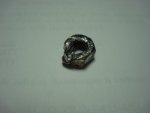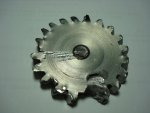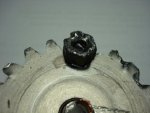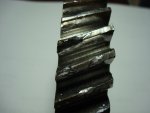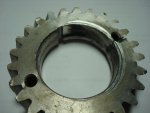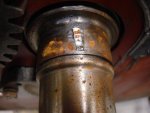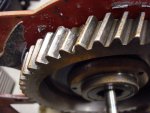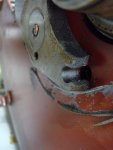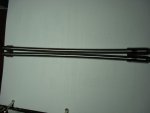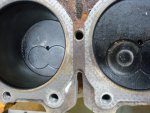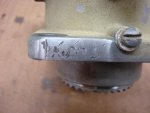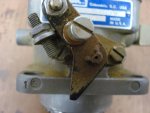RichardR
Member
- 96
- 3
- 8
- Location
- Austin, TX
Stan,
I had to laugh when reading about your experience trying to remove the blower housing without removing that pesky top bolt holding the grille. I spent quite a while and exercised my vocabulary for at least an hour on exactly the same problem. I'm sure many others have had the same experience. The engineer that came up with that nefarious design must be very proud!
This thread on SmokStak gives a few tips on replacing the camshaft.
Onan 12.0DJC broken camshaft cause - SmokStak
It sounds fairly easy to do if you take out all the pushrods and raise all the lifters to clear the camshaft. The camshaft should then simply pull out toward the front. One of the gurus there recommended putting the engine on its side to keep the lifters from falling back down after being raised. I'm sure it is more trouble than those experts make it sound.
Good luck on your adventure,
Richard
I had to laugh when reading about your experience trying to remove the blower housing without removing that pesky top bolt holding the grille. I spent quite a while and exercised my vocabulary for at least an hour on exactly the same problem. I'm sure many others have had the same experience. The engineer that came up with that nefarious design must be very proud!
This thread on SmokStak gives a few tips on replacing the camshaft.
Onan 12.0DJC broken camshaft cause - SmokStak
It sounds fairly easy to do if you take out all the pushrods and raise all the lifters to clear the camshaft. The camshaft should then simply pull out toward the front. One of the gurus there recommended putting the engine on its side to keep the lifters from falling back down after being raised. I'm sure it is more trouble than those experts make it sound.
Good luck on your adventure,
Richard



